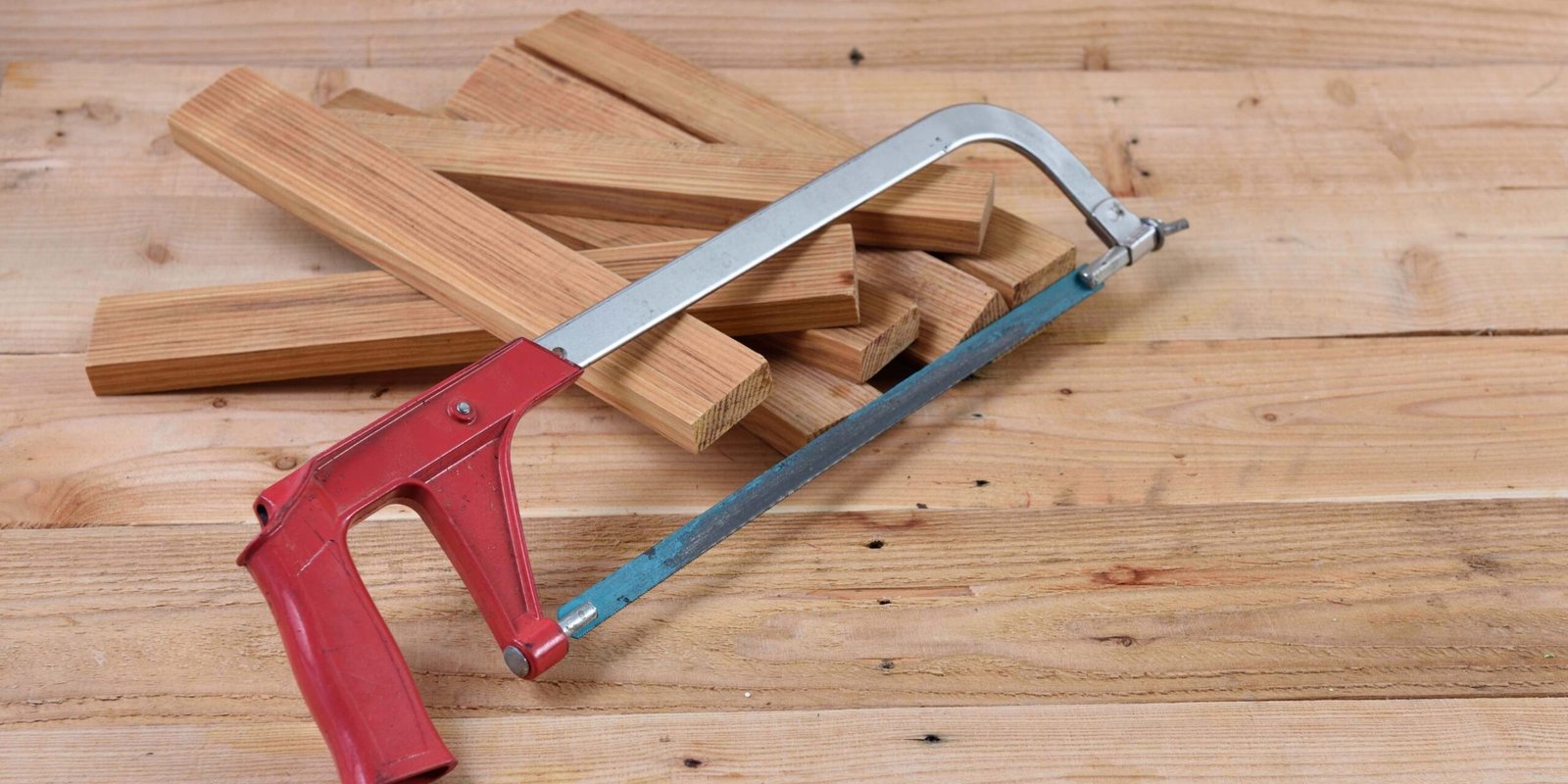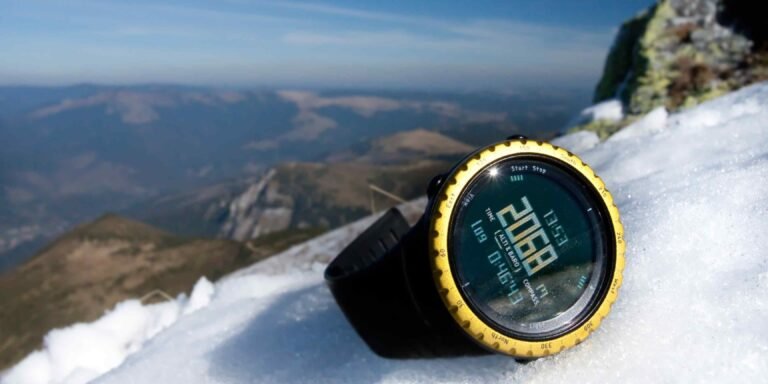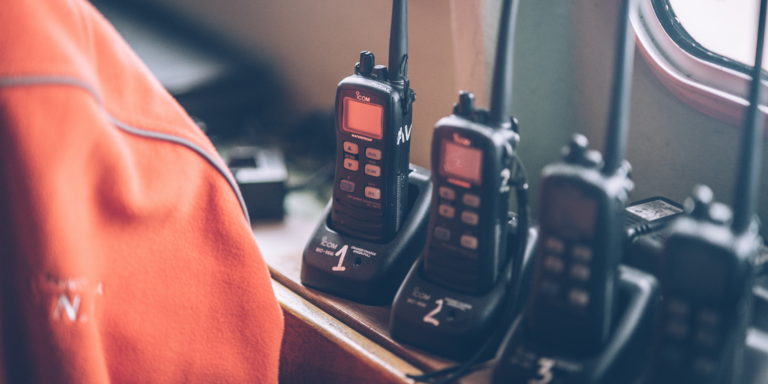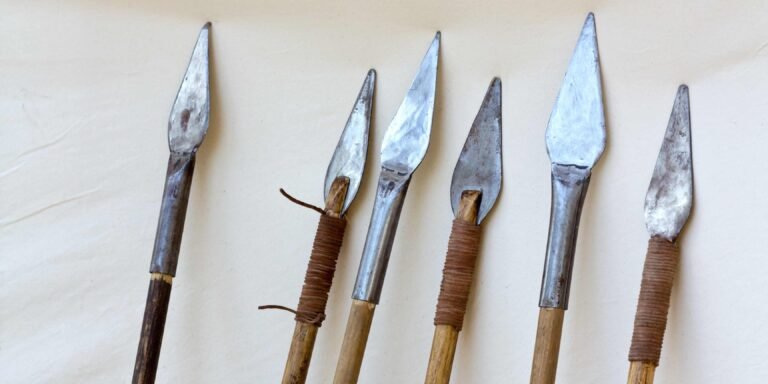Best Survival Saws
This post may contain affiliate links, full disclosure here.
If you’re looking into durable saws that can help you in survival situations, you’re in the right place. I’ll tell you all about the different types of saw options available on the market today and you can figure out the best option for you.
Getting into an emergency situation without a survival knife or a saw of some kind of not a good thing. It’s always a top priority of mine to add some type of saw to any emergency kit that I am making for my family. Some survival kits have a pocket knife that has something that resembles a survival saw, but that is not the same thing as a proper survival saw.
Survival saws can be large in size, but there are smaller options available that are perfect for a bug out bag. Heck, these saws are even great if you’re into hiking on a regular basis. You never know when you need to cut branches to make an emergency shelter or a quick fire.
I’ll go over the types of saws you can look for, what features you need to consider in your survival saw, and why you need a saw in the first place. I’ll also go over a few ways you can utilize your new saw and then go after some FAQ’s.
Types Of Survival Saws Available
Wire Saw
You’ll find many survival kits that have a wire saw included in them. A wire saw can be handy for cutting small branches, but if you aren’t familiar with how to use one, they are fairly easy to break.
I do not recommend going out to buy a wire saw for your survival kit and have it be your only saw option. It is however a wonderful addition to your kit if you do have a plan to have a better saw as well.
I keep these Wire Saw Stainless Steel Pocket Chainsaw as well as some more best survival saws.
Folding Saw
This is a fantastic quick tool that strikes a good compromise between the features of a larger non-survival saw and the smaller, more typical survival saws. Great for bugout bags or a basic toolset — and can be used for non-survival purposes such as low-level trimming or pruning around the property.
I like the Friendly Swede 8 inch Blade Folding Saw and the Lnchett Folding Saw if you’re looking for the best folding saws.
Pocket Saw
These are a significant improvement over wire saws, and they are by far the lightest and easiest to store, making them ideal for a variety of survival circumstances. These aren’t the kinds of saws you’ll be using around the house. These chainsaws are the next logical step after the wire saw. They also do significantly better, achieving far greater results with far less effort.
They’re light, fold up effortlessly, and usually, always come with a carrying pouch that may be simply attached to a belt or even a blue jeans belt loop. This enables hands-free carrying, which is always a plus.
When venturing into the wilderness, these are simple to pack in bug-out bags, backpacks, or even a jean pocket.
Although the best of these saws require a lot of energy to operate, they can be a very efficient way to break down wood. This is especially true when it comes to removing large branches or small trees. On top of basic kindling, that means solid firewood. This is a wonderful alternative for a survival saw if you don’t like carrying a lot of weight.
I like the Sportsman Pocket Chainsaw and the Skyocean Pocket Chainsaw as the best pocket chainsaws.
Bow Saw
There are some bow saw designs that are specifically designed for survival. These are smaller and occasionally foldable in nature.
We give such types of bow saws an extra point since what good is a piece of equipment that is too huge or impractical for most outdoor survival scenarios? Most people are familiar with some of the most common hand saws.
I like the Bahco 10-24-23 Bow Saw and the Sven Saw Bow Saw as great survival saw options.
Features To Consider
Blade Material
Consider the saw blade material while selecting the best bushcraft or hiking saw. For high-quality bush saws, forged or heat-treated high carbon steel is the standard, balancing lightweight with hardness and longevity.
Some saws will also have an extra blade or replacement blades in case the original blade breaks or if there are interchangeable blades, which is a great thing to have. It’s also great to look for safety lock or blade locks if you’re going to throw your saw into the bug-out bag.
Non-slip handle
In reality, the effectiveness of survival equipment is determined by how user-friendly it is. Sawing can be taxing on the hands. As a result, the finest survival saw should have an ergonomic design that reduces overall stress. Most importantly, it is crucial in terms of security.
A saw, for example, must have a handle that is both pleasant and secure to hold. Rubber-coated handles are very effective in this regard and are preferred over plastic handle. This also helps to avoid accidents when using it in damp weather.
A survival wire saw with sturdy handles could be a suitable choice in this regard. They’re also more lightweight and portable. Even so, you’ll have to exert some effort to get the blades to cut through.
Teeth Coarseness
In general, the smoother the cutting process is, the higher the TPI of saw teeth. Cutting through softwood will require a survival saw with a high TPI. This might range from four to six teeth per inch. However, in the majority of cases, the cut is uneven.
The higher the TPI, the more teeth per inch there are. These blades are excellent at cutting through the timber. Higher TPI usually equates to a slower cutting speed. Choose a foldable survival saw with 7 to 8 teeth per inch for the best results. That, I believe, is the range that provides the best balance of cutting speed and cut quality.
Use
A survival saw is primarily used for cutting firewood and branches, as well as shelter construction. Saws with blades ranging from 7 to 12 inches are suitable for both tasks. The size is also determined by the dimensions of the wood or branch being chopped.
An 8-inch camping saw will obviously not cut through an 8-inch diameter log. To make the sawing motion more effective, choose a larger blade length. When you need to move quickly and light during an emergency, however, excessively lengthy blades can be tough to handle.
Durability
When there isn’t enough time for a rescue, you’ll need a long-lasting survival saw. The substance is the most important component in this regard. Carbon or alloy steel that has been properly hardened provides excellent durability.
High carbon steel has the advantage of being lightweight while still providing exceptional hardness. Check the blade for special coatings or treatments to prevent rusting and other types of corrosion. The extra benefit is that it requires less upkeep.
In addition, you should inspect the handle’s material and hardware for reliability. A non-slip handle will aid in maintaining a comfortable grip while also keeping you safe.
Why You Need the Best Survival Saw
Imagine yourself in a survival situation where you must move quickly to ensure your safety. In a limited place, though, swinging an axe may not be an option. You might also want something that can fit into an emergency survival pack.
A survival saw can be extremely useful in this situation. It’s little and light, yet it’s no less effective when it comes to cutting. It’s faster and safer than most other cutting instruments in many circumstances.
When it comes to safety, the two most important goals are to make a fire and a shelter. The correct survival saw can assist you in accomplishing these tasks quickly and effectively. Zip ties, ropes, rubber tyres, leather, and PVC tubing can all be cut using them.
Furthermore, there are times when a clean cut is required rather than the full force of a blade. Not to mention, the appropriate saw can cut through tough materials like metal if necessary.
A saw, in fact, may be used in a variety of ways in a survival situation with the correct level of ingenuity. It’s no surprise that many expert bushcrafters carry this bushcraft saw with them.
How To Use A Survival Saw
You can use bushcraft saws to cut hard materials. They are very useful for hunting, medicine, construction and of course, survival.
- You may also need to cut rubber tubing such as a garden hose or a radiator hose.
- It is very useful to cut game.
- Use is t osaw through gauge metals.
- Saw through heavy cordage
- Cut PVC tubing
- Cut zip ties and tape
- Cut bread and other food
- Cut dry wood
FAQ
Which type of survival saw is the best option?
The high quality pocket chainsaw is the greatest alternative if you desire it. If you like a more traditional model of saw, this is a good option Essentially, you want to get a saw with which you are comfortable and familiar and that has a great ergonomic handle.
What advantages does a pocket chainsaw have?
The term “survival” is well-suited to pocket chainsaws. They cut far better than wire saws, are light, and easy to transport. Pocket chainsaws are an excellent true survival tool alternative because they take up little space but can break out for devastating repercussions.
What advantages does a folding bow saw have?
The folding bow saw is a long-lasting piece of equipment that helps break down a lot of wood quickly and gives you a lot of control over precision cutting. In other words, if you require a heavy-duty saw, this is the tool for you.
What advantages do a folding hand saw have?
Folding hand saws are popular because of their adaptability. These saws are used to control out-of-control hedges. They’re also useful for repairing storm damage when only a small amount of cutting is required.
How does a survival saw compare to an axe?
Survival saws are not as useful as an axe and are not built to survive as long, but they are more convenient to carry in everyday settings. Because of their reduced size and variety of manufacturers, packing these saws is also easier.
Is there any reason to have more than one type of saw for survival situations?
You never know what location you’ll be assigned to or whether you’ll be attending a long-term camp. Each saw has its own set of advantages and disadvantages. Not everyone will require each type of saw, and many will be content with only one. However, there are some circumstances in which having all three is desirable.
Survival Saw Bottom Line
When it comes to obtaining an excellent saw for any and all probable survival situations, there are numerous possibilities, and it’s critical to make the appropriate decision.
A good knife, a sharpened hatchet (if available), and a good survival saw are all essential instruments that can mean the difference between life and death.







